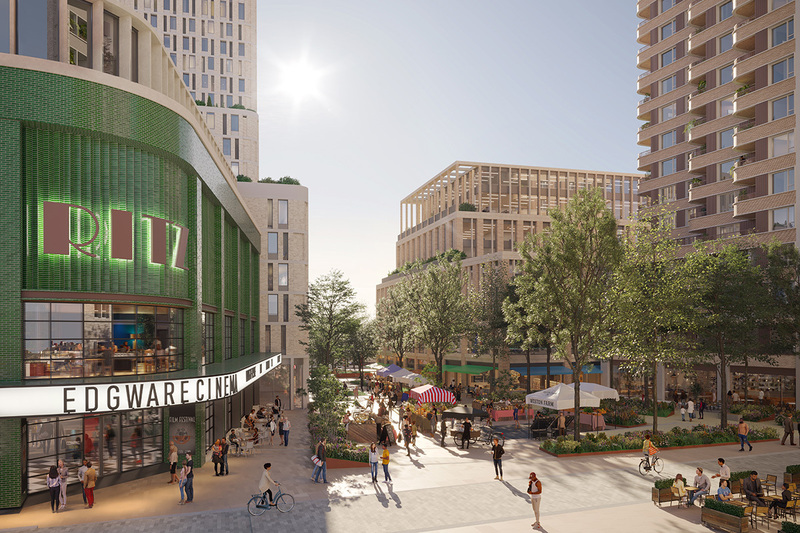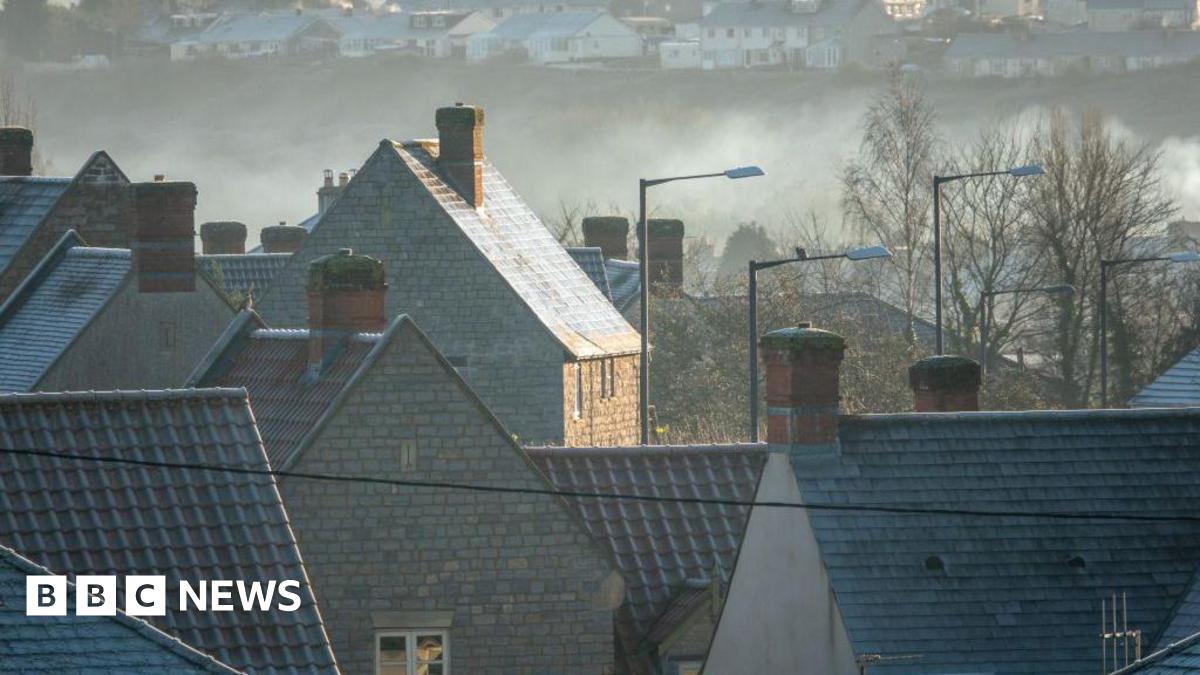- Dwelling On It
- Posts
- The Hackitt Review: Its Lasting Impact and What Comes Next
The Hackitt Review: Its Lasting Impact and What Comes Next
How a landmark review continues to shape compliance, accountability, and risk

Introduction
Seven years after the Grenfell Tower fire, the UK’s built environment is still shaped by the ambitious programme for reform prompted by Dame Judith Hackitt’s 2018 “Building a Safer Future” review. More than a critique of technical or procedural shortcomings, the Hackitt Review exposed fundamental, systemic failings—fragmented responsibilities, unclear regulations, and a pervasive “tick-box” culture that placed compliance above real-world safety.
The result has been the most sweeping overhaul of building safety and regulation in decades. But has it gone far enough? As the sector continues to absorb and implement change, it’s time to take stock: what’s working, where do challenges persist, and how will building safety evolve in the years ahead?
The Hackitt Review: A Paradigm Shift
From Tragedy to Transformation
Grenfell was unimaginable—but also, as Hackitt found, tragically predictable within the system that had developed. Her review diagnosed a culture where:
Accountability was diffuse: Key responsibilities fell through the cracks across design, construction, and management.
Regulation was fragmented: Multiple standards, varying enforcement, and little coordination or oversight.
Resident voice was ignored: Those living in high rises were kept at arm’s length from safety decisions directly affecting them.
The Hackitt Review called for fundamental change: not incremental improvement, but a wholesale reimagining of building safety as a whole lifecycle responsibility, from design to occupation and beyond.
The Review’s Legacy: Legislation and Industry Change
1. The Building Safety Act 2022: Codifying Hackitt’s Vision
The Building Safety Act 2022, and the secondary legislation following it, enshrine many of Hackitt’s core recommendations:
Accountable Person: Legal duties for designated persons to manage and evidence safety risk throughout the occupation of higher-risk buildings (HRBs).
Golden Thread: Digital, up-to-date, and accurate information must be maintained and handed over during the entire building lifecycle.
Building Safety Regulator (BSR): A new independent regulator within the HSE, overseeing all HRBs and acting as the gatekeeper for new construction, refurbishment, and ongoing safety.
Gateway Process: Mandatory “gateways” at design, construction, and handover stages to ensure safety is embedded from the outset.
Impact:
For developers, landlords, and housing associations, these changes have shifted safety from a handover concern to a central, ongoing operational priority. Compliance and safety management are now integral to asset management and financial planning.
2. Industry-Wide Reform and Cultural Change
Dutyholder Roles: Mirroring health and safety regimes, clear statutory roles—Principal Designer, Principal Contractor—are now embedded in projects.
Emphasis on Competence: CPD (Continuous Professional Development) and ongoing competence requirements for all relevant staff and professionals.
Resident Engagement: Regulations and good practice guides increasingly require proactive, structured engagement with residents, making them partners not bystanders in building safety.
Early Impact:
Professional bodies (e.g., RICS, CIOB, IFE) have overhauled training and codes of conduct. Housing providers are appointing Building Safety Managers (where required), and safety reporting lines are becoming more robust. However, as multiple studies and BSR submissions highlight, the culture shift is far from uniform—variation, inertia, and resource gaps persist.
3. Strengthened Oversight of Building Control and Construction Products
Building Control Providers: All Local Authority Building Control (LABC) and Approved Inspectors must register with the BSR, meet competency standards, and face tighter enforcement.
Construction Product Regulation: The new regulator can ban unsafe materials, demand independent testing, and prosecute false product claims closing loopholes that contributed to past tragedies.
Impact:
While oversight is stronger and evidence-driven, legacy data and skill gaps remain acute. The sector is grappling with how to rapidly upskill, recruit, and modernise.
Unfinished Business: Key Challenges and Risks
1. Operational Hurdles
Gateway Delays: New regulatory gateways have introduced significant delays to planning, construction, and handover, with hundreds of schemes affected.
Safety Case Demands: Many Accountable Persons especially those managing mixed-tenure or legacy stock lack in-house expertise to develop compliant safety cases and maintain the “golden thread.”
Cost Pressures: Compliance costs, particularly in fire compartmentation, fire doors, and IT infrastructure, are hitting already-stretched housing providers and leaseholders.
2. Scope and Coverage
Beyond High-Rise: Hackitt’s original focus was on HRBs (18m+). However, evidence (including from the 2023 Cladding Safety Scheme and cases like Awaab’s Law) now points to significant risk in medium-rise (11–18m) and even some low-rise, high-occupancy buildings.
Regulatory Expansion: The BSR and DLUHC are actively reviewing broader risk-based regulation—a move welcomed by campaigners but viewed with concern by resource-constrained providers.
3. Data and Skills
Legacy Stock: Providers report patchy, incomplete records—especially for older buildings. Many lack digital floor plans or asset databases, impeding compliance.
Skills Shortage: There is a national deficit of competent professionals building safety managers, fire engineers, data managers—slowing the pace of cultural and practical change.
Looking Ahead: What’s Next for Building Safety?
1. Regulation Will Deepen and Broaden
Expect phased expansion of duty holder regimes to medium- and even low-rise residential blocks—especially those with vulnerable residents or known hazards. A proposed 2025 reform could further empower the BSR as an arm’s-length regulator similar to the HSE’s role in workplace safety.
2. Integration With Asset Management
Building safety will become a core function within asset and property management. Stock surveys, component data, and planned investment will be required to align with live risk registers and safety cases—a step-change in how housing providers plan and budget.
3. Resident Empowerment and Transparency
Resident engagement will move from consultation to co-creation:
Digital access to safety cases and asset info will become standard.
Complaints and dispute processes will be codified and monitored by the regulator.
Safety case audits will require demonstrable evidence of resident input.
4. Technology as a Baseline Expectation
Digitalisation is no longer optional. Providers without BIM (Building Information Modelling), IoT monitoring for fire and air quality, digital floor plans, or document portals face not just reputational risk, but regulatory action. The “Golden Thread” is driving unprecedented integration of data and technology across the sector.
Final Thought
Dame Judith Hackitt’s call for moral leadership has only grown more urgent in the years since Grenfell. While much remains to be done—particularly in legacy stock, skills development, and cultural change the arc of progress is clear: building safety is now the foundation of trust between provider and resident.
The journey is not linear, nor free of resistance or challenge. But there can be no return to complacency or box-ticking. As the next phase of reform unfolds, every professional in the built environment is now a custodian of public safety from design to demolition—and that responsibility, as Hackitt showed, is both legal and ethical.


